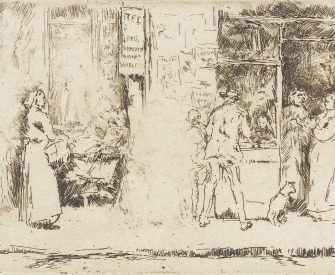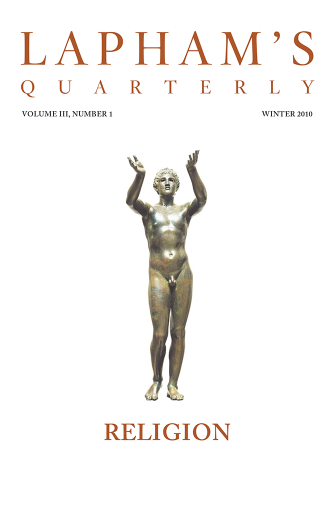Sometime in the eighties there was discovered around Lima, Ohio, a new oil field. There was evidently a great deposit there, but the oil was of an inferior quality and when refined had an odor so unbearable that it could not be sold. When the Lima field was opened, the Standard Oil Company was practically the only refiner and transporter of crude oil. It immediately extended its pipelines into the Lima field, put up tanks, and began to buy the new oil. It bought thousands upon thousands of barrels, storing it because there was no market for it. The sulfur in the oil was so strong that it rotted the tanks. The quantity increased so that there was a continual outlay to take care of it. Many of the Standard directors are said to have expostulated. Why pile up the useless stuff? But John D. Rockefeller, with his fine smile, said only: “It’s all good grease, gentlemen, it’s all good grease.” And the “grease” continued to accumulate.
But work was going on at the same time. If the oil could not be refined, it could be used as fuel. In and around Chicago were many factories willing to buy oil as fuel. Contracts were made to supply some of them and a pipeline was laid from Lima to Chicago to carry the oil. But while this was being done, there was work going on in the Standard laboratories. A chemist had been working on the Lima oil and believed he could find a process of deodorizing it. The Standard spent thousands of dollars on this experimenting, and just about the time the pipeline to Chicago was completed, it was successful. Lima oil could be refined sufficiently to make a cheap illuminant; mixed with Pennsylvania, Lima could be sufficiently disguised to pass for a high-grade illuminant. Of course, what had been done in the laboratory was known only to the Standard Oil Company, and it used the information skillfully.
The Lima oil field had been developed by scores of different oil operators. The belief that the oil could not be refined profitably had, of course, reduced its price far below cost of production, but the operators had gone on in hopes that eventually some use would be made of it. But they were, naturally, discouraged. The Standard knew this, and as soon as it had conclusive proof that Lima oil could be refined, planned a splendid stroke. An agent who had been prominent in the Ohio field was called in and told: “We want to buy up the Lima field! Go quietly through the country putting options on everything, and do it as soon as possible.” The agent went out. The pipeline to Chicago was quietly shut down. The new process lay idle while the agent worked. After a few weeks, he came back and spread before the directors and their advisers a map of the Lima oil-producing territory. With the exception of perhaps a dozen properties marked in yellow on the map, he had bought the entire territory at the low values the apparent worthlessness of the oil had created. The agent explained what he had done. One who was present at the meeting once told the writer that Mr. Rockefeller made no comment on the report other than to point to first one and then another of the yellow spots and ask: “Why did you not buy this?” “Why did you not buy that?” He was told: “This man has faith in the future of the oil and asks too high a price.” “That man thinks there is something suspicious in my buying everything and asks a prohibitive price,” and so on, for the dozen yellow blotches. Mr. Rockefeller swept his hand across the map, clutching at each yellow mark as he did it and uttering the single command “Take it!” “Take it!” “Take it!” They took it, and within a week after the deal was complete the price of Lima oil went up. And from that day to this it has been one of the most paying investments of the Standard Oil Company.
From “Kansas and the Standard Oil Company,” published in McClure’s Magazine. In 1871 John D. Rockefeller arranged a covert partnership with three major railroad companies to secure favorable shipping rates for Standard Oil. Tarbell’s father, a small-time oil producer, joined other independent producers in anti-monopoly protests. “Uncomprehending as I was in that fine fight,” Tarbell later wrote, “there was born in me a hatred of privilege.” This report was an installment in a nineteen-part exposé of Standard Oil’s business practices later collected as A History of the Standard Oil Company.
Back to Issue



